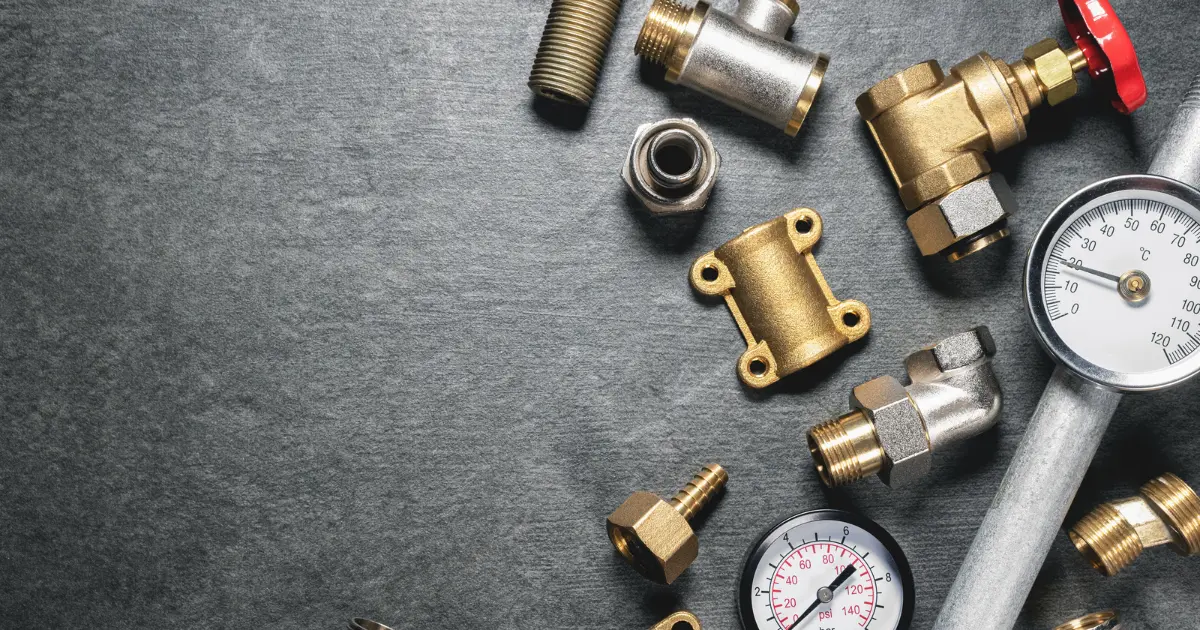
Nestled beneath the bustling streets of London lies a hidden network of pipes and tunnels that have played a crucial role in shaping the city’s history. From its humble beginnings as rudimentary wooden conduits carrying water from the Thames to elaborate Victorian-era sewer systems, London’s plumbing infrastructure has undergone a fascinating evolution over the centuries. As we journey through time, tracing the development of plumbing practices in this iconic metropolis, we uncover not just technical advancements but also insights into the social and cultural fabric of a city defined by its relationship with water.
The story of London’s plumbing is one of innovation and adaptation, reflecting the changing needs and aspirations of its inhabitants. From ancient Roman aqueducts to modern-day high-tech sewage treatment plants, each chapter in this tale unveils new facets of how this vital yet often overlooked system has shaped urban life. Join us on a riveting exploration through history as we unravel the mysteries buried deep within London’s labyrinthine network of pipes and drains, revealing how something as seemingly mundane as plumbing can offer profound insights into the evolution of a city like no other.
Ancient Roman Aqueducts:
Explore how the ancient Romans brought water to London through a network of aqueducts and pipes, laying the foundation for modern plumbing systems.
The ancient Roman aqueducts were marvels of engineering that revolutionized the way water was transported and distributed throughout cities. These impressive structures were not only functional but also showcased the ingenuity and skill of Roman engineers. One fascinating aspect of Roman aqueducts is their use of gravity to move water over long distances, a concept that was ahead of its time.
Interestingly, the intricate network of aqueducts in ancient Rome laid the groundwork for modern plumbing systems seen today in cities like London. The advanced techniques used by the Romans, such as precise surveying and durable materials like concrete, set a standard for future civilizations to follow. The legacy of Roman aqueducts lives on not only in historical monuments but also in the essential infrastructure that provides clean water to communities around the world.
Medieval Chamber Pots:
Learn about the use of chamber pots in medieval London and how they evolved into early indoor plumbing systems.
Medieval chamber pots may seem like a primitive and unsanitary invention, but in reality, they played a crucial role in the daily lives of people during that time. In medieval London, where plumbing was virtually non-existent, chamber pots provided a convenient solution for relieving oneself indoors. These vessels were often made of ceramic or metal and were emptied into designated waste areas or directly onto the streets.
Despite their crude nature, medieval chamber pots were not without luxury. Wealthier individuals would have ornately decorated chamber pots, showcasing their social status even in matters as intimate as using the bathroom. These pots were sometimes passed down through generations as family heirlooms, highlighting the importance placed on such objects in medieval society. The evolution of sanitation practices eventually rendered chamber pots obsolete, but their historical significance cannot be understated in understanding the daily lives and customs of medieval Londoners.
Tudor Water Closets:
Discover how Tudor-era Londoners used primitive water closets and cesspits for waste disposal, paving the way for more advanced sewage systems.
Tudor water closets, a revolutionary concept in plumbing during the Tudor era, were a significant advancement in sanitation and hygiene practices. These early forms of indoor toilets were constructed with wooden seats placed over cesspits or directly connected to sewers, providing a more convenient and private alternative to chamber pots. However, due to the lack of proper drainage systems in London at that time, these water closets often contributed to the spread of diseases such as cholera and typhoid.
Intriguingly, historical records suggest that Tudor water closets were primarily found in the residences of wealthy individuals and royal palaces, showcasing a stark contrast in access to modern conveniences based on social class. The implementation of these early flushing toilets marked a shift towards more sophisticated plumbing technologies which would eventually evolve into the modern bathrooms we are familiar with today. Despite their initial drawbacks, Tudor water closets laid the foundation for future advancements in sanitation infrastructure that have significantly improved public health standards worldwide.
Industrial Revolution Innovations:
Delve into the impact of the Industrial Revolution on London’s plumbing industry, including the development of cast iron pipes and mass-produced toilets.
One of the most transformative innovations of the Industrial Revolution was London’s adoption of modern plumbing systems. Before this period, the city’s sanitation situation was dire, with waste disposal being a major public health hazard. The introduction of well-engineered sewer systems and indoor plumbing not only improved hygiene but also revolutionized urban living standards.
The development of London’s plumbing infrastructure paved the way for similar advancements in other industrialized cities, setting a new standard for urban sanitation practices. This innovation not only enhanced public health but also contributed to the overall quality of life for city residents. By implementing these groundbreaking changes, London became a model for modern urban planning and set a precedent for future industrial revolutions around the world.
Victorian Sewer System:
Uncover the engineering marvel that is London’s Victorian sewer system, designed by Joseph Bazalgette to combat cholera outbreaks and improve public health.
In 19th-century London, the Victorian sewer system revolutionized urban sanitation practices, addressing the dire consequences of poor hygiene and epidemic outbreaks. The visionary engineer Sir Joseph Bazalgette is credited with spearheading this monumental project, which involved constructing a network of underground brick sewers to channel waste away from the city streets. This innovative infrastructure not only improved public health but also laid the foundation for modern plumbing systems worldwide.
The Victorian sewer system’s impact extended beyond sanitation, influencing urban planning and architecture in profound ways. The construction of these massive underground tunnels required skilled labor and engineering expertise on an unprecedented scale, creating new job opportunities and driving technological advancements in civil engineering. Moreover, the design and functionality of these sewers sparked architectural interest, inspiring artists and architects to incorporate elements of industrial aesthetics into their work. Today, remnants of this historical infrastructure continue to intrigue enthusiasts and serve as a testament to human ingenuity in overcoming challenges related to urban development and public health.
Modern Plumbing Technologies:
From PVC piping to water-saving fixtures, learn about the latest advancements in London’s plumbing industry that have made our lives more convenient and sustainable.
One of the most innovative modern plumbing technologies making waves in London is smart leak detection systems. These systems utilize sensors and artificial intelligence to detect leaks in real time, allowing homeowners to address issues before they escalate into costly repairs. Not only do these systems provide peace of mind, but they also help conserve water and reduce utility bills.
Another cutting-edge technology that has gained popularity in London is tankless water heaters. These compact and energy-efficient units provide hot water on demand, eliminating the need for a bulky storage tank. With their ability to deliver an endless hot water supply, tankless water heaters are revolutionizing the way homeowners experience comfort and convenience in their daily lives.


